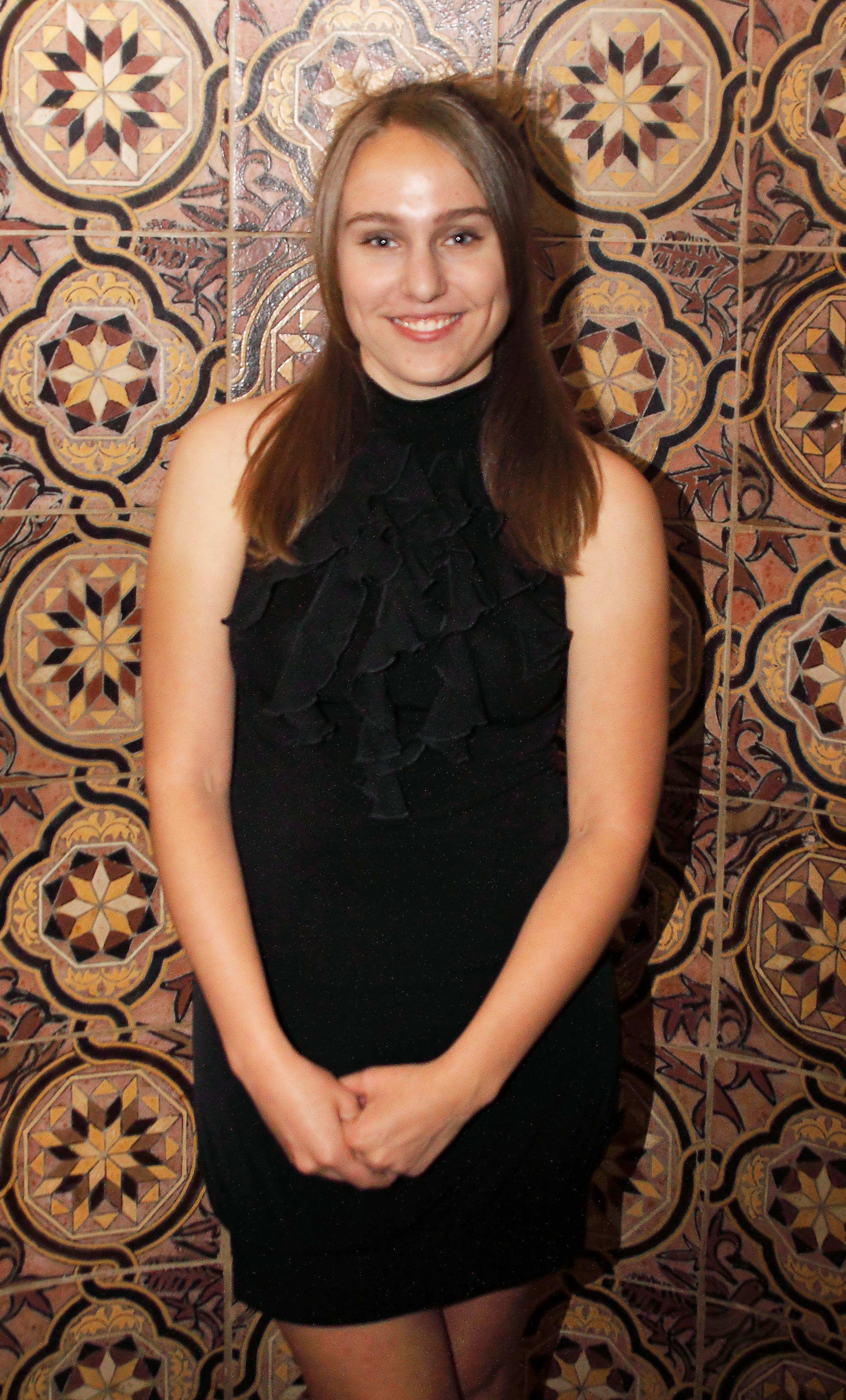Imagine a room filled with young ladies decked in Victorian garb and young men in tailcoats and top hats to match, effervescently dancing a waltz across the room.
This isn’t just a scene out of a Jane Austen novel. This will be Powell Library on Saturday as the 10th Annual Waltz Night takes place in the second floor rotunda from 8 p.m. to midnight.
The evening of waltzes is a chance for the UCLA community to be exposed to the historic dance in more than just its common, modern form.
“It’s a waltz through time periods,” said Monica Kracy, president of the Historical Ballroom Dance Club and a fifth-year aerospace engineering student.
Founders James Zimmer, musicology alumnus, and Cynthia Harper are the guest lecturers for the evening and will be teaching attendees waltzes from the past 200 years, including waltzes from the Austen period all the way to the Argentine vals cruzado.
“We had taught waltzing for many years, and we decided that it would be a great opportunity for the campus community to learn a variety of styles of waltzing,” Zimmer said.
Zimmer and Harper started the annual waltz night in 2001 with more than just the intention to teach the dance.
“Our idea was to bring different time periods of dance and history together,” Harper said.
According to dance professor emerita, Emma Thomas, the waltz is a social ballroom dance.
“The waltz is an important dance. It started in the 1820s and is still done today,” Thomas said.
The evening’s events also provide the history and evolution of the waltz. One of the aspects of history at the waltz night is the variation in attire and how it has affected the waltz throughout history.
“One thing that is interesting is that the steps in the waltz changed slightly, the positions of the partners, based on the lady’s costume,” Harper said.
Some aspects that have changed the dance include women’s hoop skirts and trains on dresses, according to Harper.
Harper and Zimmer said that they are most excited to teach this social dance and expose the community to the several variations of the dance over the last 200 years.
“It’s a different way to learn about history and a great opportunity to meet new people,” Kracy said.
